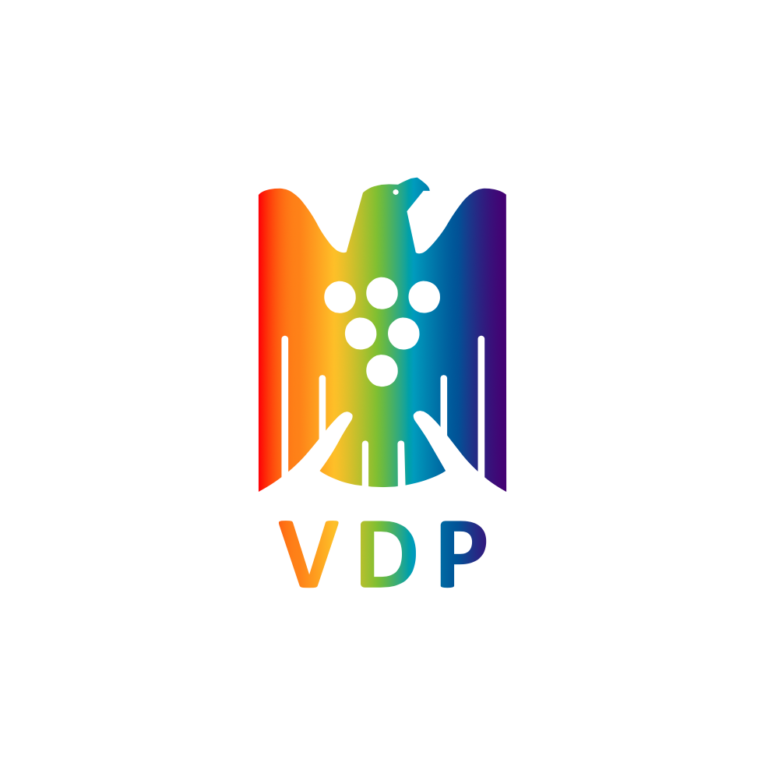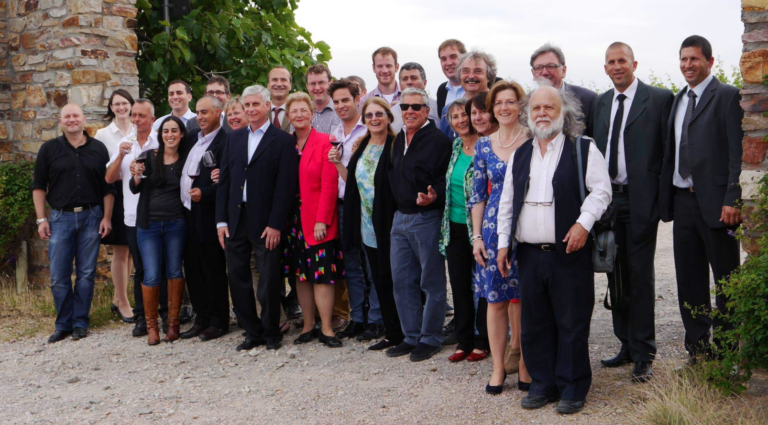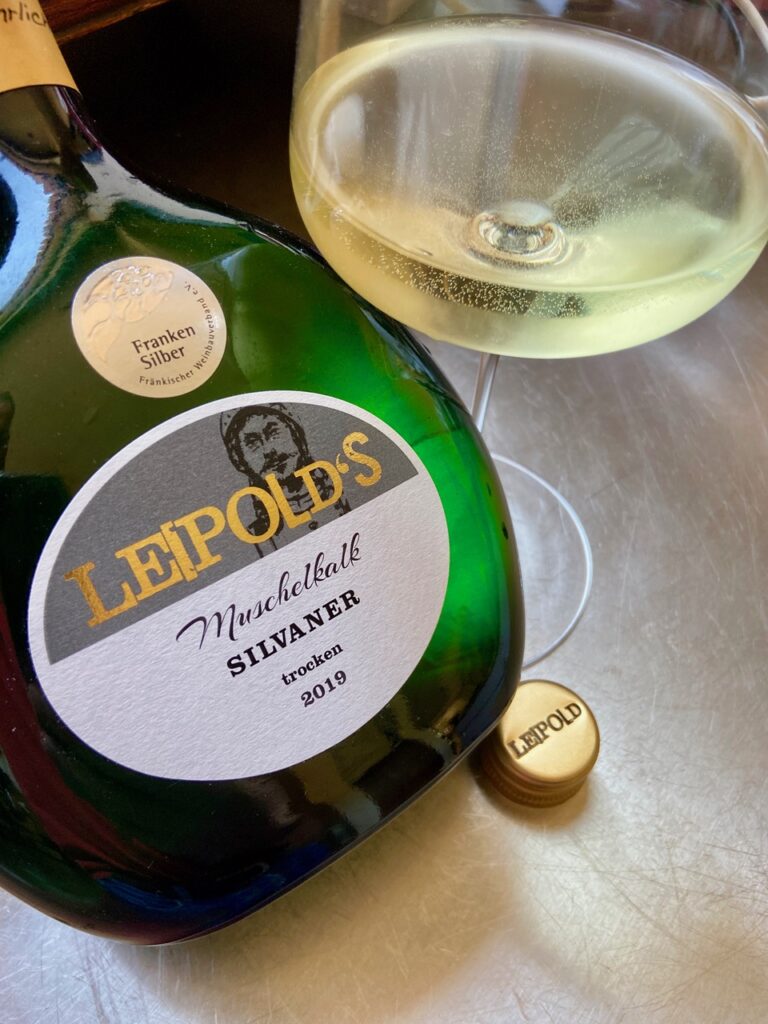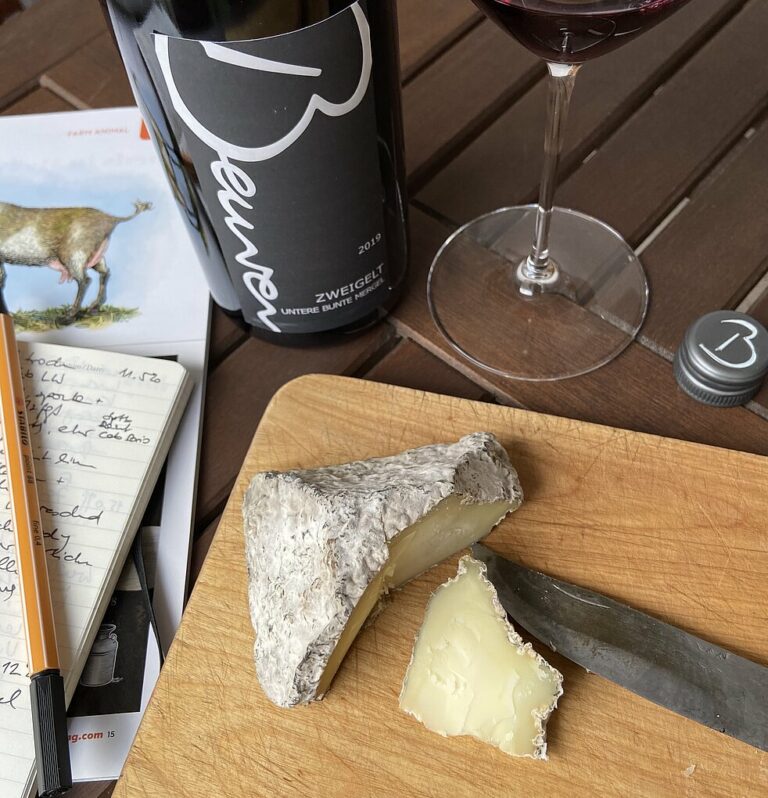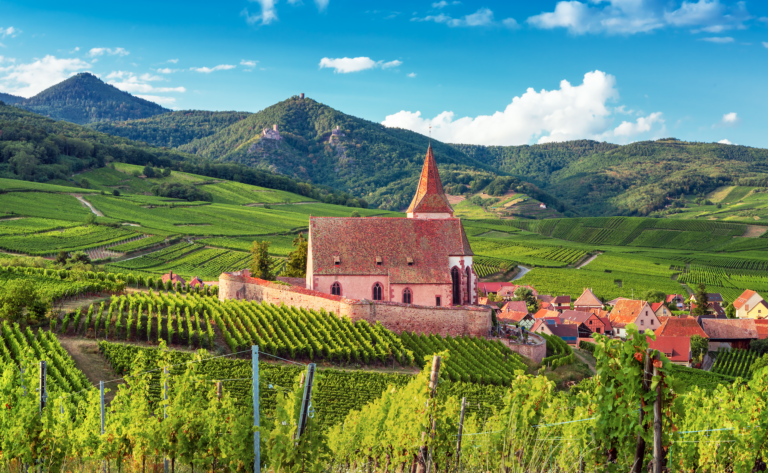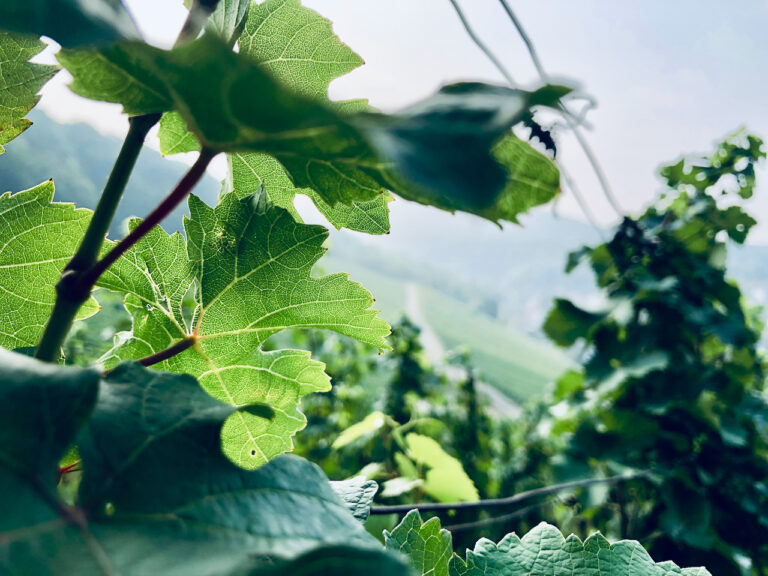Rheinhessen – welcome to your intervention
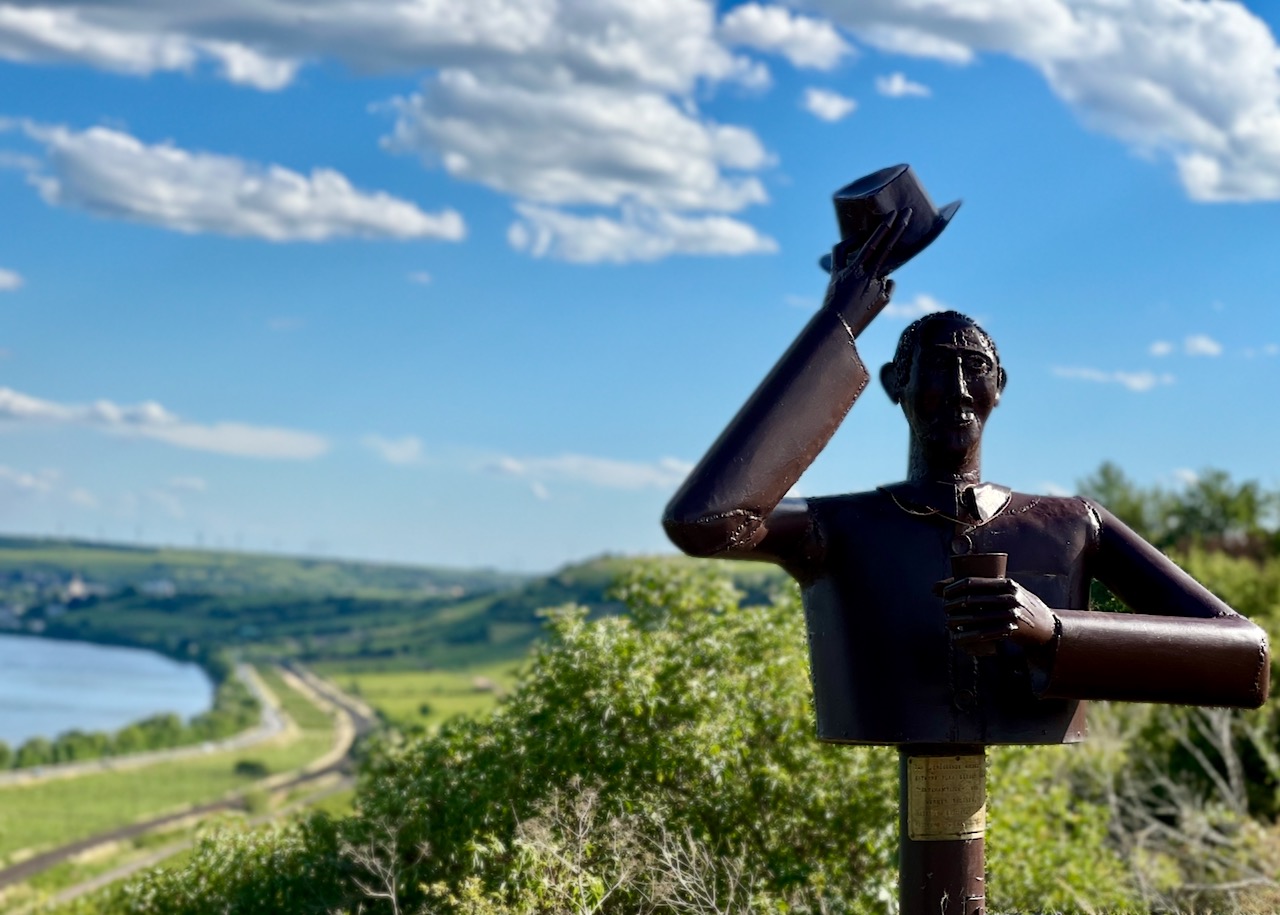
A jack of all trades is inherently a master of none. While finding the right focus can help, that is often easier said than done. Sometimes a more drastic solution is needed. Intervention, anyone? Rheinhessen! I’m so glad you could make it today. Won’t you join us? Feel free to grab something to eat before you sit. There’s coffee, tea, and water. And a big box of tissues, in case we need those later. Wine? No, at least not like that. But I’m glad you raise the issue, because wine is actually what’s brought us together here. I know this won’t be…

